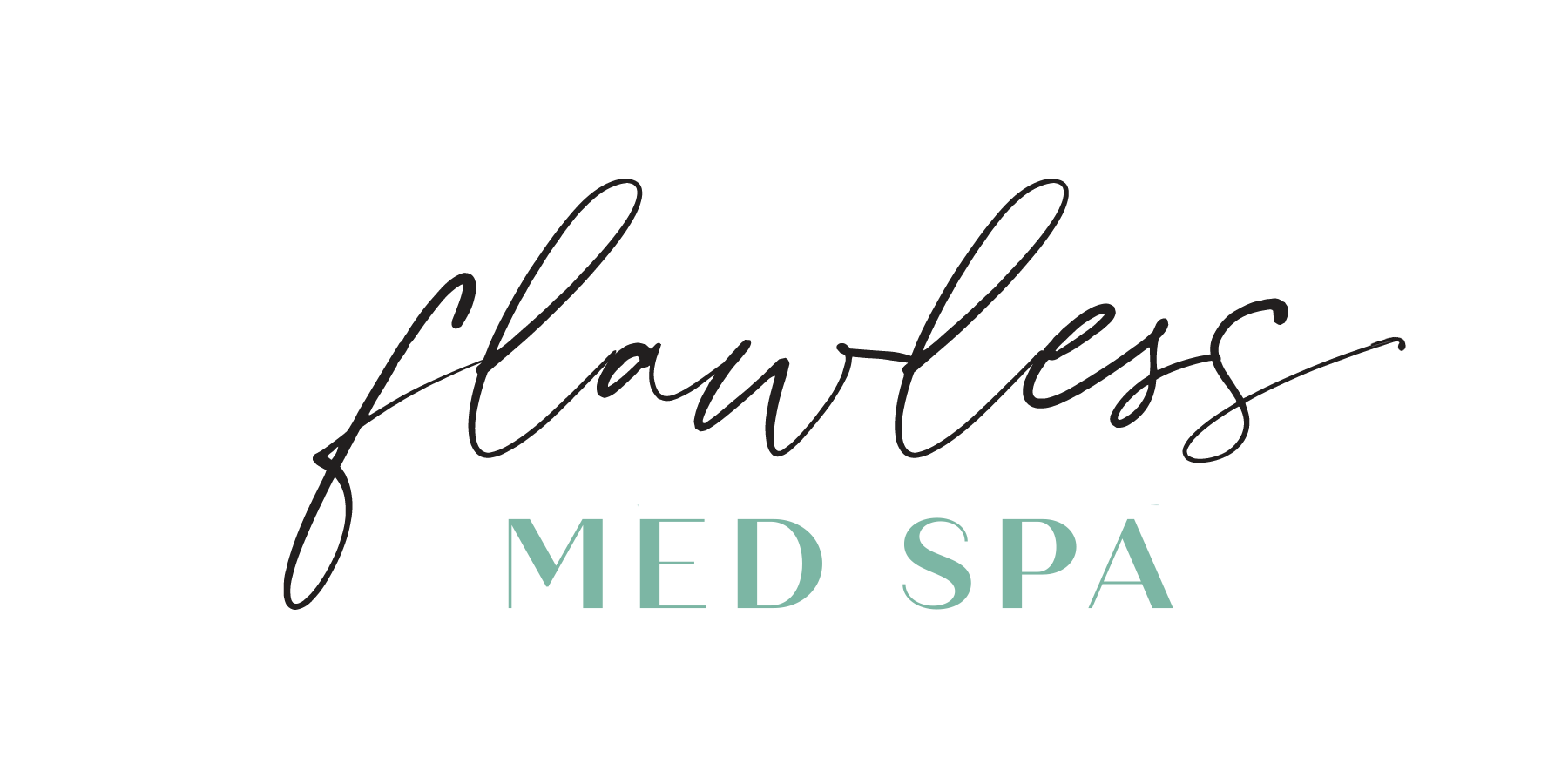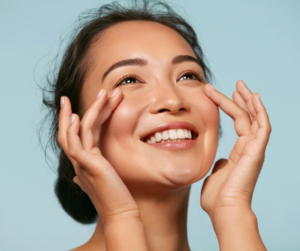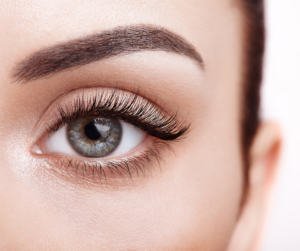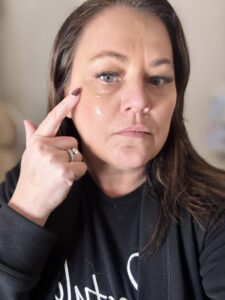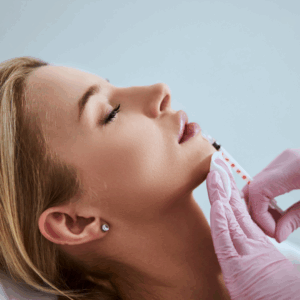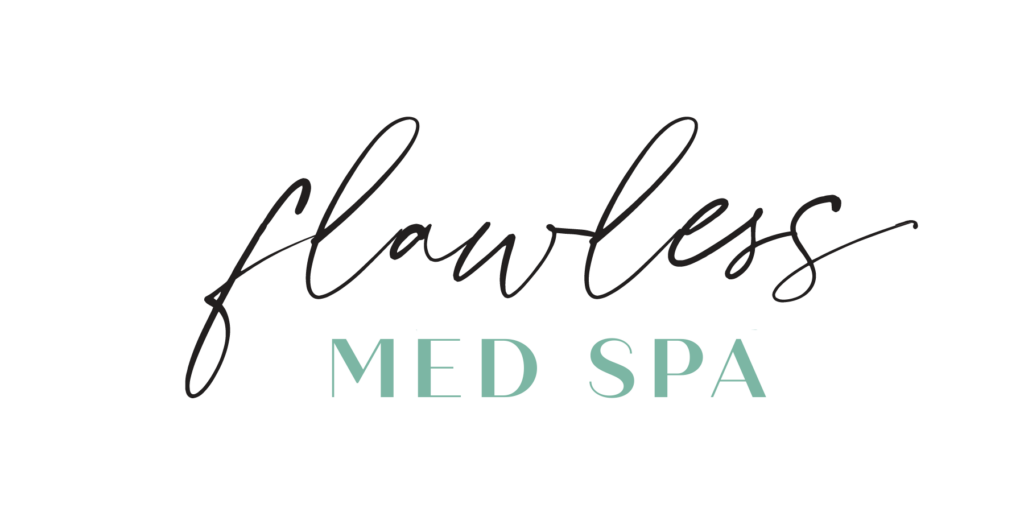There are three main types of cysts that can form on the skin, sebaceous cysts, epidermoid cysts, and pilar cysts. While they may look similar to the untrained eye, there are some distinct differences between these types of cysts. It’s also important to note that while we often immediately think of cancer when we hear the word %22cyst,%22 not all cysts are cancerous. All three types of cysts that we will be speaking about in this article are typically non-cancerous, but it’s possible that they can become cancerous. In today’s article, we will take a closer look at each kind of cyst and discuss the risks associated with them, as well as the recommended course of treatment.
Epidermoid Cysts
Epidermoid cysts are the most common type of skin cyst. They form when keratin, a protein found in the skin, clogs sebaceous glands. These cysts typically occur on the face, neck, chest, or back and can range in size from a few millimeters to a few centimeters. They are generally round and firm and have a yellow or white appearance. An epidermoid cyst may be painful if it becomes inflamed, infected, or ruptures.
Pilar Cysts
Pilar cysts are also known as trichilemmal cysts. They form when a hair follicle becomes clogged and sebum, an oily substance produced by the sebaceous glands, accumulates. These cysts are most commonly found on the scalp, but can also occur on other areas of the body such as the face or arms. Pilar cysts are typically round or oval in shape and have a smooth, firm surface. They are typically yellow or white in color and may be accompanied by hair growth.
Sebaceous Cysts

Sebaceous cysts (pictured above) are the most serious of the three types of skin cysts. True sebaceous cysts are uncommon and originate from your sebaceous glands, unlike epidermoid cysts, which develop on the skin, and unlike pilar cysts, which develop in hair follicles. Sebaceous cysts can affect almost every part of your body. The soles of your feet and the palms of your hands are the only exceptions. They form when sebum accumulates in a sebaceous gland and blocks the gland’s duct. These cysts are typically found on the face, neck, or upper body and can range in size from a few millimeters to several centimeters. Sebaceous cysts are often dome-shaped and have a smooth surface. They are typically yellow or white in color and may be accompanied by hair growth. The punctum, a tiny dome-shaped protrusion, is the structure that may be seen once squeezed, followed by the sebum (fluid) inside.
If you are unsure whether or not you have a skin cyst, it is best to consult with a Certified Medical Professional or Dermatologist. They can properly identify the type of cyst and recommend the best course of treatment. While most skin cysts are harmless, sebaceous cysts should be treated as soon as possible as they can become infected or rupture. Epidermoid and pilar cysts can also become inflamed or infected, so it is important to seek medical attention if they cause any discomfort. If you are experiencing pain, pus, or redness from a cyst, you should consult a medical professional as this could be a sign that the cyst is or has become malignant(cancerous).
As an experienced Certified Nurse Practitioner specializing in skincare, Shawna Joaquin of Flawless Medspa can help you identify and treat a cyst. While the intent of this article is to inform you and help you identify the various types of skin cysts, it’s best to see a professional who has a trained eye, as they can properly diagnose what type of cyst you have and determine the best course of treatment according to your needs. Whether you are experiencing discomfort from a cyst or you simply want to get rid of them for aesthetic purposes, a trained medical professional such as Shawna can help you accomplish this.
Image Source: Klaus D. Peter, Wiehl, Germany, CC BY 3.0 DE, via Wikimedia Commons
” content_tablet=”There are three main types of cysts that can form on the skin, sebaceous cysts, epidermoid cysts, and pilar cysts. While they may look similar to the untrained eye, there are some distinct differences between these types of cysts. It’s also important to note that while we often immediately think of cancer when we hear the word %22cyst,%22 not all cysts are cancerous. All three types of cysts that we will be speaking about in this article are typically non-cancerous, but it’s possible that they can become cancerous. In today’s article, we will take a closer look at each kind of cyst and discuss the risks associated with them, as well as the recommended course of treatment.
Epidermoid Cysts
Epidermoid cysts are the most common type of skin cyst. They form when keratin, a protein found in the skin, clogs sebaceous glands. These cysts typically occur on the face, neck, chest, or back and can range in size from a few millimeters to a few centimeters. They are generally round and firm and have a yellow or white appearance. An epidermoid cyst may be painful if it becomes inflamed, infected, or ruptures.
Pilar Cysts
Pilar cysts are also known as trichilemmal cysts. They form when a hair follicle becomes clogged and sebum, an oily substance produced by the sebaceous glands, accumulates. These cysts are most commonly found on the scalp, but can also occur on other areas of the body such as the face or arms. Pilar cysts are typically round or oval in shape and have a smooth, firm surface. They are typically yellow or white in color and may be accompanied by hair growth.
 Sebaceous Cysts
Sebaceous Cysts
Sebaceous cysts (pictured to the right) are the most serious of the three types of skin cysts. True sebaceous cysts are uncommon and originate from your sebaceous glands, unlike epidermoid cysts, which develop on the skin, and unlike pilar cysts, which develop in hair follicles. Sebaceous cysts can affect almost every part of your body. The soles of your feet and the palms of your hands are the only exceptions. They form when sebum accumulates in a sebaceous gland and blocks the gland’s duct. These cysts are typically found on the face, neck, or upper body and can range in size from a few millimeters to several centimeters. Sebaceous cysts are often dome-shaped and have a smooth surface. They are typically yellow or white in color and may be accompanied by hair growth. The punctum, a tiny dome-shaped protrusion, is the structure that may be seen once squeezed, followed by the sebum (fluid) inside.
If you are unsure whether or not you have a skin cyst, it is best to consult with a Certified Medical Professional or Dermatologist. They can properly identify the type of cyst and recommend the best course of treatment. While most skin cysts are harmless, sebaceous cysts should be treated as soon as possible as they can become infected or rupture. Epidermoid and pilar cysts can also become inflamed or infected, so it is important to seek medical attention if they cause any discomfort. If you are experiencing pain, pus, or redness from a cyst, you should consult a medical professional as this could be a sign that the cyst is or has become malignant(cancerous).
As an experienced Certified Nurse Practitioner specializing in skincare, Shawna Joaquin of Flawless Medspa can help you identify and treat a cyst. While the intent of this article is to inform you and help you identify the various types of skin cysts, it’s best to see a professional who has a trained eye, as they can properly diagnose what type of cyst you have and determine the best course of treatment according to your needs. Whether you are experiencing discomfort from a cyst or you simply want to get rid of them for aesthetic purposes, a trained medical professional such as Shawna can help you accomplish this.
Image Source: Klaus D. Peter, Wiehl, Germany, CC BY 3.0 DE, via Wikimedia Commons
“]There are three main types of cysts that can form on the skin, sebaceous cysts, epidermoid cysts, and pilar cysts. While they may look similar to the untrained eye, there are some distinct differences between these types of cysts. It’s also important to note that while we often immediately think of cancer when we hear the word “cyst,” not all cysts are cancerous. All three types of cysts that we will be speaking about in this article are typically non-cancerous, but it’s possible that they can become cancerous. In today’s article, we will take a closer look at each kind of cyst and discuss the risks associated with them, as well as the recommended course of treatment.
Epidermoid Cysts
Epidermoid cysts are the most common type of skin cyst. They form when keratin, a protein found in the skin, clogs sebaceous glands. These cysts typically occur on the face, neck, chest, or back and can range in size from a few millimeters to a few centimeters. They are generally round and firm and have a yellow or white appearance. An epidermoid cyst may be painful if it becomes inflamed, infected, or ruptures.
Pilar Cysts
Pilar cysts are also known as trichilemmal cysts. They form when a hair follicle becomes clogged and sebum, an oily substance produced by the sebaceous glands, accumulates. These cysts are most commonly found on the scalp, but can also occur on other areas of the body such as the face or arms. Pilar cysts are typically round or oval in shape and have a smooth, firm surface. They are typically yellow or white in color and may be accompanied by hair growth.
 Sebaceous Cysts
Sebaceous Cysts
Sebaceous cysts (pictured to the right) are the most serious of the three types of skin cysts. True sebaceous cysts are uncommon and originate from your sebaceous glands, unlike epidermoid cysts, which develop on the skin, and unlike pilar cysts, which develop in hair follicles. Sebaceous cysts can affect almost every part of your body. The soles of your feet and the palms of your hands are the only exceptions. They form when sebum accumulates in a sebaceous gland and blocks the gland’s duct. These cysts are typically found on the face, neck, or upper body and can range in size from a few millimeters to several centimeters. Sebaceous cysts are often dome-shaped and have a smooth surface. They are typically yellow or white in color and may be accompanied by hair growth. The punctum, a tiny dome-shaped protrusion, is the structure that may be seen once squeezed, followed by the sebum (fluid) inside.
If you are unsure whether or not you have a skin cyst, it is best to consult with a Certified Medical Professional or Dermatologist. They can properly identify the type of cyst and recommend the best course of treatment. While most skin cysts are harmless, sebaceous cysts should be treated as soon as possible as they can become infected or rupture. Epidermoid and pilar cysts can also become inflamed or infected, so it is important to seek medical attention if they cause any discomfort. If you are experiencing pain, pus, or redness from a cyst, you should consult a medical professional as this could be a sign that the cyst is or has become malignant(cancerous).
As an experienced Certified Nurse Practitioner specializing in skincare, Shawna Joaquin of Flawless Medspa can help you identify and treat a cyst. While the intent of this article is to inform you and help you identify the various types of skin cysts, it’s best to see a professional who has a trained eye, as they can properly diagnose what type of cyst you have and determine the best course of treatment according to your needs. Whether you are experiencing discomfort from a cyst or you simply want to get rid of them for aesthetic purposes, a trained medical professional such as Shawna can help you accomplish this.
Image Source: Klaus D. Peter, Wiehl, Germany, CC BY 3.0 DE, via Wikimedia Commons
